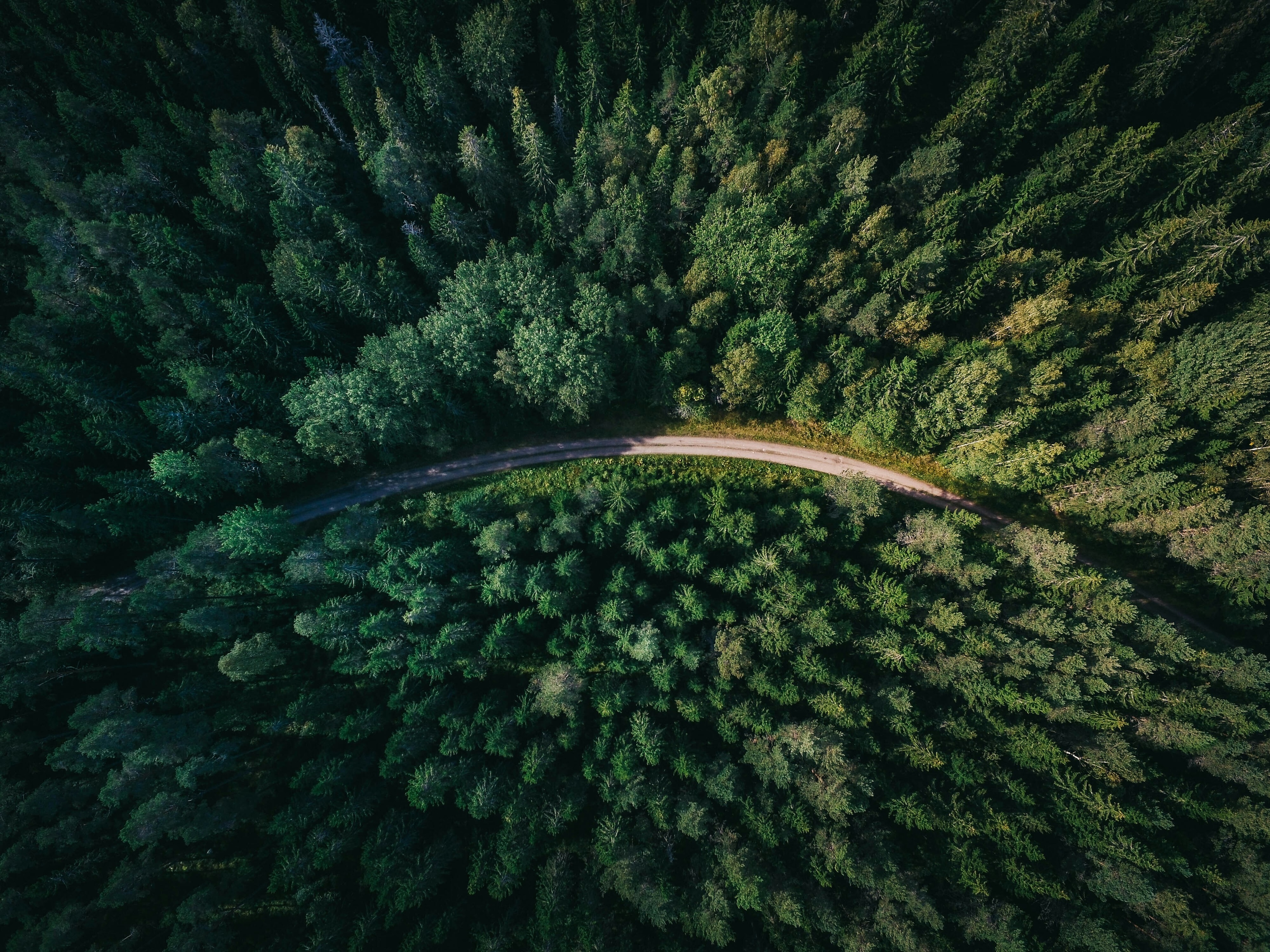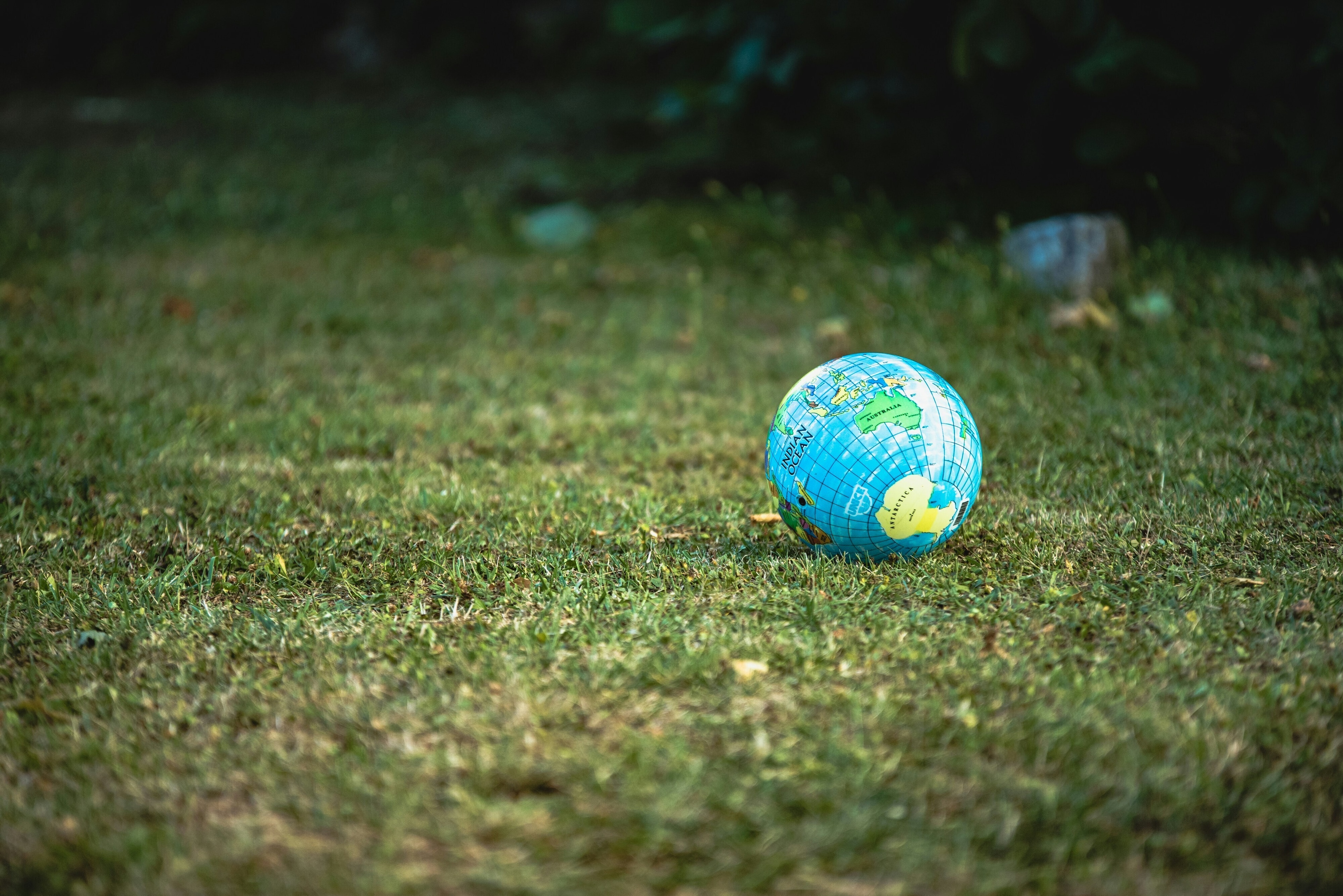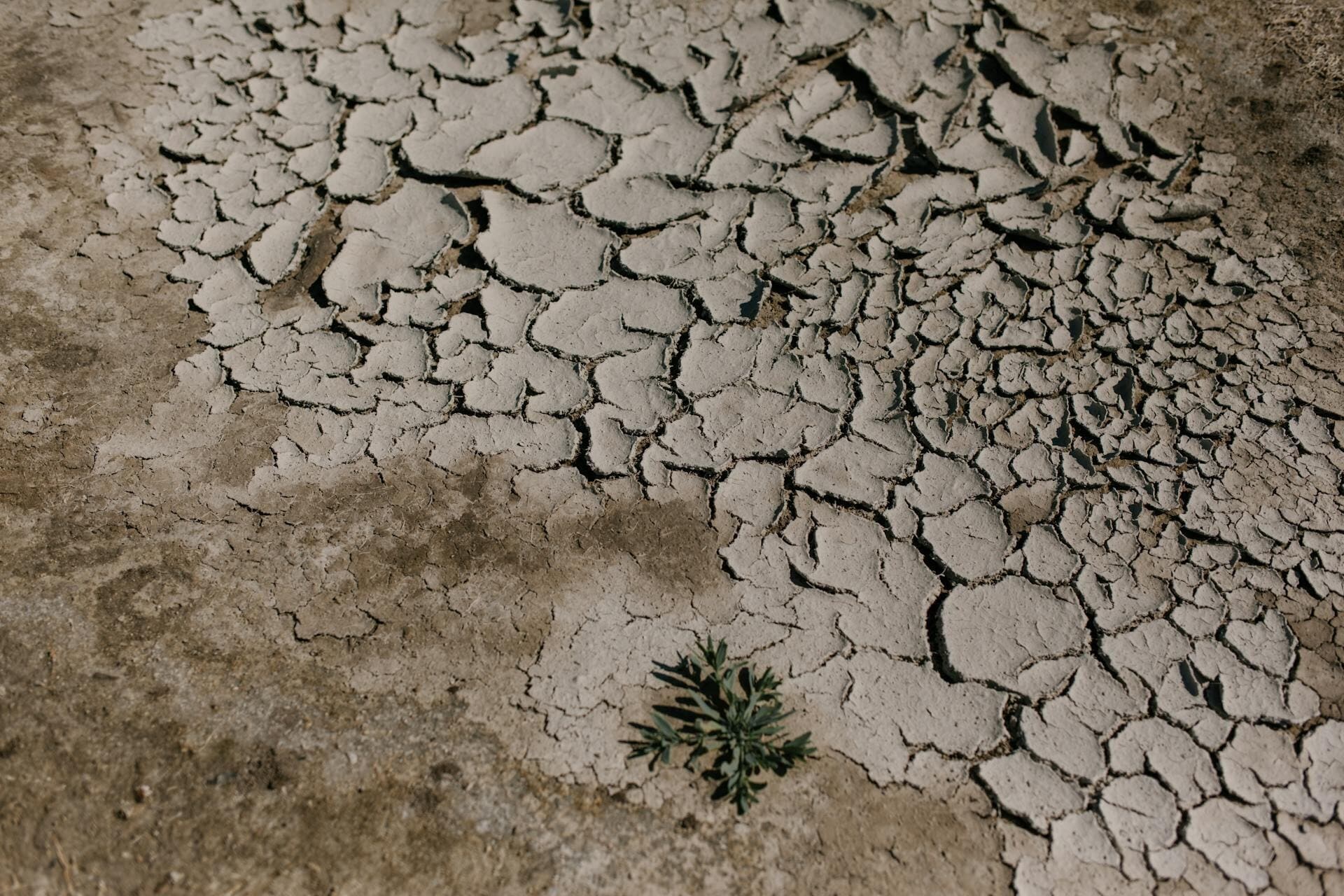A climate scientist explains what the melting Arctic means for the world

The loss of Arctic ice imperils many species - including homo sapiens. Image: REUTERS/Mathieu Belanger

Get involved with our crowdsourced digital platform to deliver impact at scale
Stay up to date:
Arctic
- Since the 1970s, we have lost 75% of the volume of Arctic summer sea ice.
- The Arctic affects the jet stream, causing extreme weather all over the world.
- The Arctic used to be white but now it's turning blue, and absorbing more heat in a feedback loop.
We've all seen the pictures: a forlorn polar bear stranded on an ice floe - the living symbol of global warming melting the ice caps.
We worry for the polar bears, but most of us are unaware that Arctic melting could be just as dangerous for us.
"What happens in the Arctic does not stay there," Gail Whiteman, Director of the Pentland Centre for Sustainability at Lancaster University told Davos 2020.
"What's at stake in the Arctic is actually the future of humanity itself."
Here are extracts from Professor Whiteman's introduction to the discussion What's at stake: the Arctic:
Earth's circulation system
The Arctic is an incredibly important system in the global climate system. So just like the Amazon is the lungs of the world, the Arctic is like our circulation system and feeds in to global climate change everywhere.
Science also tells us that the Arctic is in crisis. We know based on observational data that we have lost 50% of Arctic ice in about 50 years.
Albedo effect
So just when the World Economic Forum was starting the Arctic was very white and over that time period it is increasingly blue. Now, why would we care? Well, we care because of the 'albedo effect'.
And that is the thing in climate science where if something is white, it bounces off sunlight back out into the atmosphere and it doesn't absorb.
As the Arctic Ocean and the glaciers have melted we see that dark blue is absorbing more and more heat which is feeding through the rest of the system...
Since the 1970s, we have lost 75% of the volume of Arctic summer sea ice.
If you think of that as the insurance policy for the rest of the world to prevent catastrophic runaway climate change we are in trouble...
Permafrost and methane
And then we can see that the permafrost is thawing. Now, permafrost, of course, releases methane which is a concentrated [greenhouse] gas.
And if all the permafrost in the Arctic is released that is like adding in the CO2 emissions of all EU countries...
Extreme weather
If we take a look at extreme weather we can see that the Arctic plays a key point. Now, certainly the Arctic had its own fires. We saw that in Siberia. We see that in various parts.
But on top of that because of the way the Arctic affects the jet stream, it affects crazy weather all throughout the middle latitudes.
So if you remember the Sonoma fires of last year that is related to the Arctic change because of how it affects the jet stream.
If we take a look at Australia the Arctic does not have a direct correlation with those fires.
But indirectly, because we are driving global climate change because of the loss of the albedo effect that will affect things like severe weather and fires everywhere.
It's not just fires. It's also the hurricanes. It's the polar vortex coming down through Europe and North America.
Sea levels
On top of that, though, we can see that with the Greenland ice sheet, we are accelerating sea level rise.
If we get to a 2 degree warmer world we can see from some of the major cities around the world including Tokyo and New York, that they will indeed be flooded.
If we stay at the 1.5 Paris aspirational target we will save the Arctic summer sea ice.
Two degrees is not safe; 1.5 definitely is.
So from a scientific perspective, from my perspective, the Arctic is a barometer of global risk.
What happens in the Arctic does not stay there.
And what's at stake is not a geopolitical question alone or the short term economic benefits from shipping or extraction. What's at stake in the Arctic is actually the future of humanity itself.
Don't miss any update on this topic
Create a free account and access your personalized content collection with our latest publications and analyses.
License and Republishing
World Economic Forum articles may be republished in accordance with the Creative Commons Attribution-NonCommercial-NoDerivatives 4.0 International Public License, and in accordance with our Terms of Use.
The views expressed in this article are those of the author alone and not the World Economic Forum.
Related topics:
The Agenda Weekly
A weekly update of the most important issues driving the global agenda
You can unsubscribe at any time using the link in our emails. For more details, review our privacy policy.
More on Climate ActionSee all
Agustin Rosello, Anali Bustos, Fernando Morales de Rueda, Jennifer Hong and Paula Sarigumba
April 23, 2024
Carlos Correa
April 22, 2024
Shyam Bishen and Annika Green
April 22, 2024
Libby George
April 19, 2024
Mette Asmussen and Takahiro Furusaki
April 18, 2024







